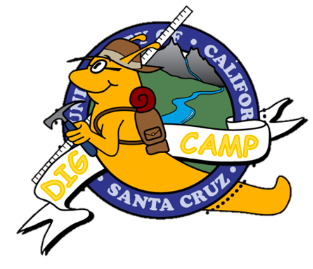Implementing the DIG CAMP Model excelled because of collaborations with our school district partner. These were the steps taken to obtain district support for DIG CAMP:
Step 1: Identify a project ally at the district level (DIG CAMP worked with the District Science Director) and set up a mechanism for collaboration.
Step 2: Articulate a scope and sequence of events. Eg., Project Awareness across the district → Student recruitment → Student selection → Family engagement → Student participation.
Project Awareness across the district
Internally, the Project District Science Director communicated with principals and identified science teacher liaisons at each high school site.
Student recruitment
With district and teacher liaison support, DIG CAMP was promoted across all high school sites, with fliers and a lunchtime information meeting for students over Zoom. Liaison science teachers supported students in completing and submitting their application forms, as well as giving reminders.
Student selection
DIG CAMP staff and the district science coordinator co-designed a selection criteria rubric and scored each student application independently. Collectively we selected 18 students. (Note: We learned our target audience was interested in what we were offering, and turning students away took a lot of work). It was important to the District to include students from across all the school sites – criteria that later produced interesting findings.
Family engagement
All accepted DIG CAMP students brought their families to an in-person bilingual event at the district office. The event was an opportunity for personal introductions, to describe the program, to explain how to complete the supporting documentation, and to address questions and concerns (For many of the students this would be their first stay away from family). On the last Follow-up day of DIG CAMP, the district hosted a celebration and award ceremony for students and their families.
Student participation
The District tracked and supported student engagement with the DIG CAMP program, from providing students with a Chromebook for the Summer Research Camp to permitting students to miss a day of school to present their work at a science conference. Every field site visit during the Residential Research Camp and the STEM Pathway Follow-up Days required a signed permission form for the district legal team.
Step 3: Prepare, execute, and reflect.

